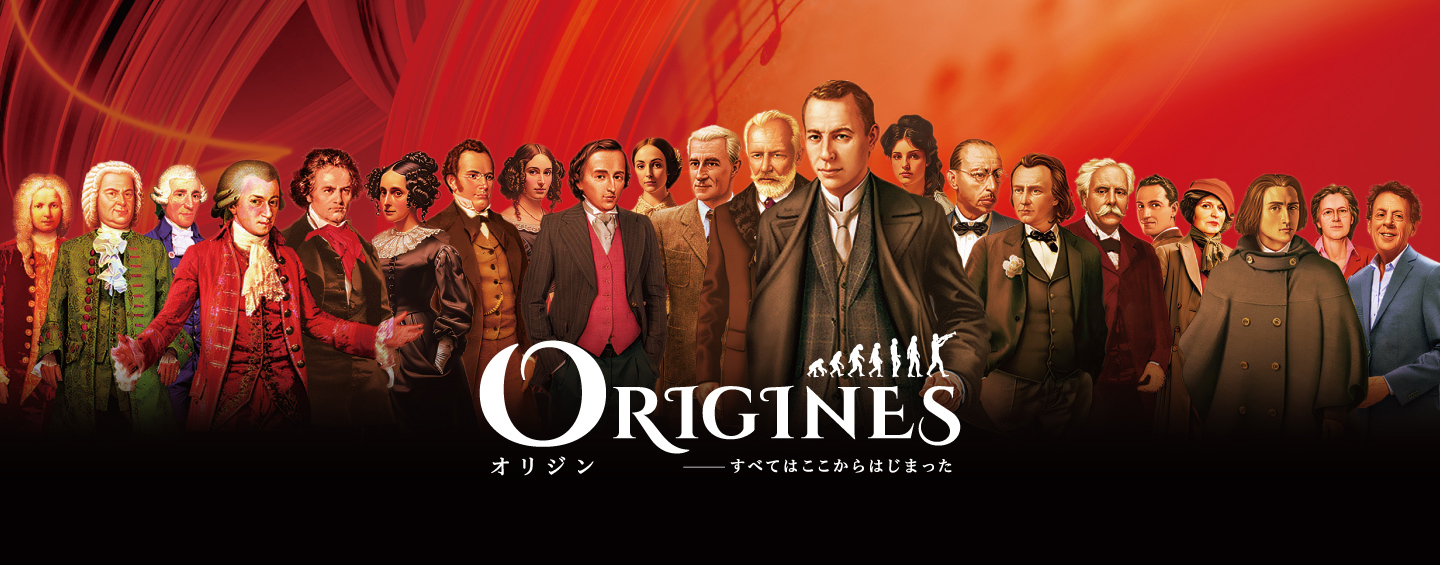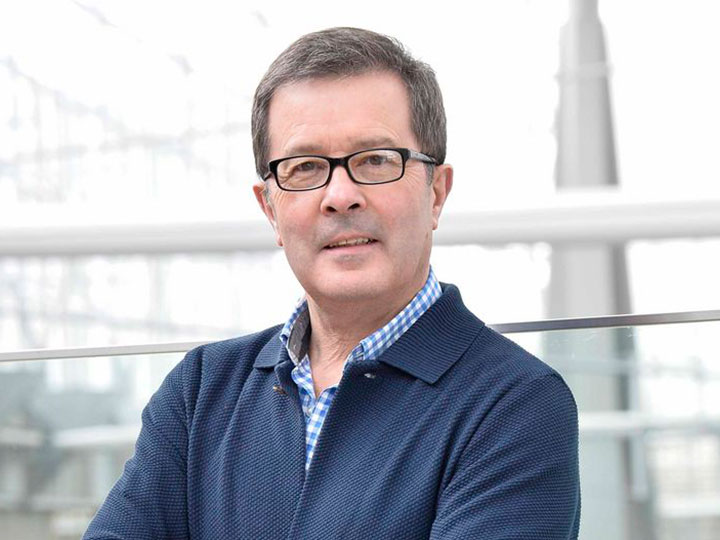What is La Folle Journée ?
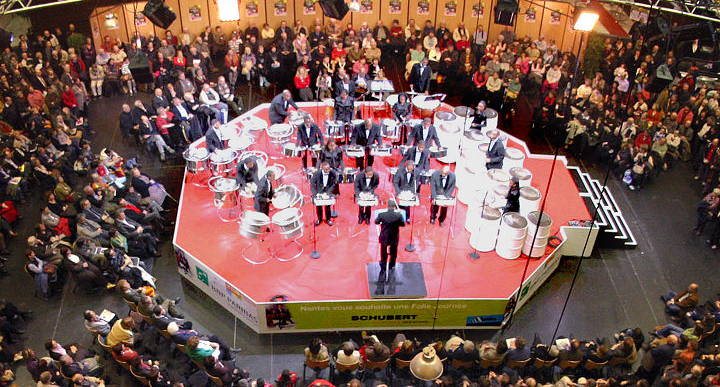
La Folle Journée is a classical music festival which was born in 1995 in the French western port town of Nantes.
The name of the festival refers to the play by Pierre Beaumarchais, The Marriage of Figaro, whose alternative title is The Follies of a Day.
As its name, it is one of the most exciting musical festivals in Europe and in the world.
Each year a new theme is given by which composers and pieces are chosen.
In the convention centre “Cité des congrès Nantes”, there are 9 halls, where multiple concerts of 45 minutes in length are held simultaneously from morning until night.
Artists include young and upcoming, to world renown, 300 concerts in 5 days!
You can choose concerts you like and spend the whole day immersed in music!
Tickets are at a surprisingly low price from 6 euros to 30 euros (about 700 to 3000 yen).
The Artistic Director, René Martin’s wish was to attract a new audience that could be a part of supporting music while enjoying top quality concerts in this unique carefree setting.
60% of the visitors are first timers to classical concerts including many children.
The unique concept of La Folle Journée has expanded worldwide with festivals taking place in Lisbon, Portugal from 2000, Bilbao, Spain from 2002, and Tokyo, Japan from 2005.
La Folle Journée was also held in Kanazawa, Japan and Rio de Janeiro, Brazil in 2008, Niigata and Lake Biwa, Japan, Warsaw, Poland in 2010, Tosu City Japan in 2011, and Ekaterinburg, Russia in 2015 which all brought sensational success in each city.
The evolution of the “Classical music revolution” in Tokyo.
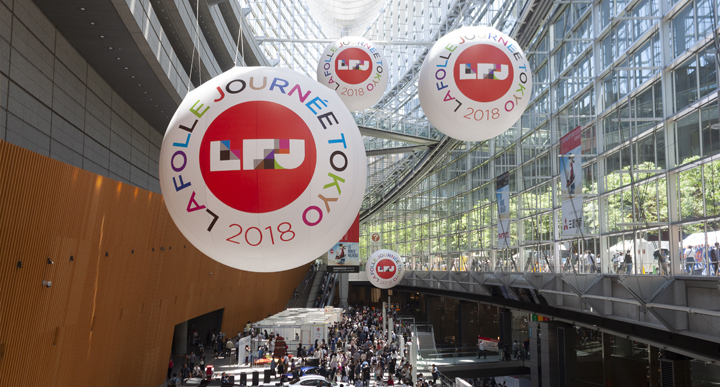
La Folle Journée was born in 1995 in the French port town of Nantes and came to Japan in 2005 as « La Folle Journée au Japon ». In 2007, there were over 1 million visitors, and in 2023 a total of 8.84 million visitors from its beginning in 2005, becoming the world’s largest classical music festival. In 2015, traditional themes were revamped by, for example, featuring the festival on one composer. Each year a unique theme is selected, creating programs that delve beyond generation, genre and country, enhancing the encounter with music with adventure and discovery. Since 2018, the music festival’s name changed from “La Folle Journée au Japon” to “La Folle Journée TOKYO” together with a new logo designed by the creative director Kashiwa Sato, revitalizing the festival’s identity.
How the Festival Got Its Name.
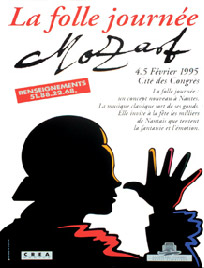
When René Martin planned the first festival in 1995, the theme was “Mozart.” The concept was to hold a two-day concert in multiple venues where music was played around the clock, a music festival that was truly festive. He got his inspiration for its name from Beaumarchais’ play La Folle Journée, or Le Mariage de Figaro (The Mad Day or The Marriage of Figaro). Mozart based his opera upon this play, which was published in 1784. It was a revolutionary work that overturned the values of its day and is even said to have lit the fuse for the French Revolution. Its title La Folle Journée was a perfect match for René Martin’s dream of sweeping away the various barriers that keep people away from classical music. The poster for the first La Folle Journée showed a silhouette of Mozart’s thumbing his nose humorously. It was an image of Mozart, the iconoclast who defied the conventions of his day.

